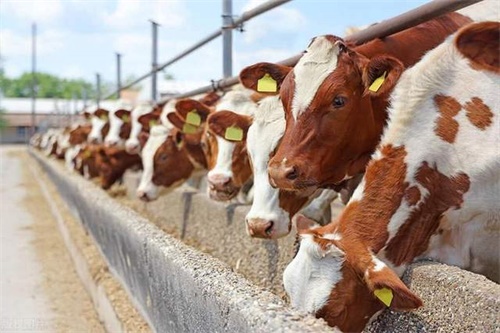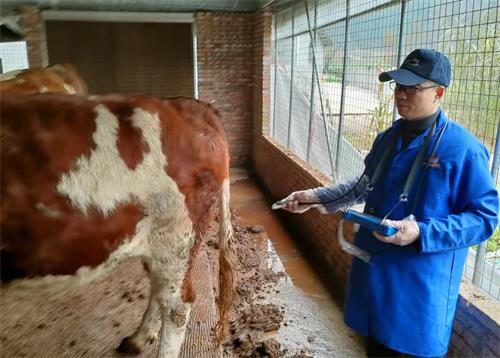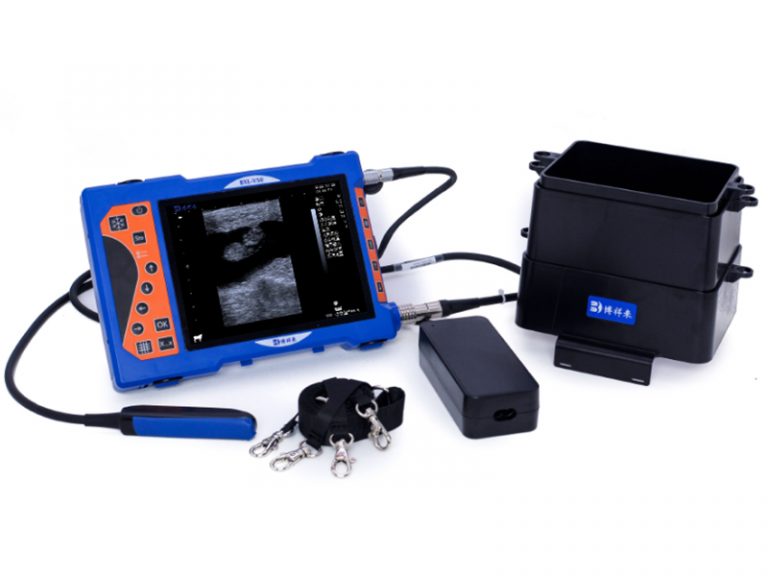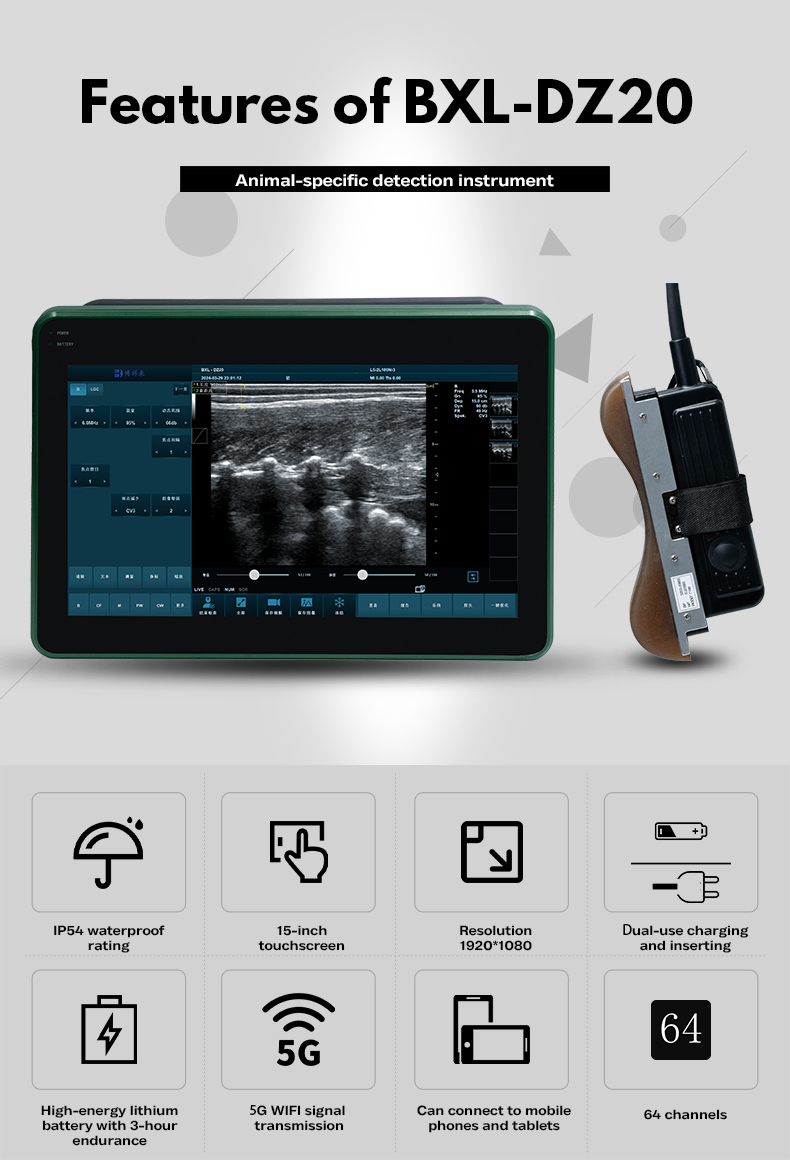Is Bovine Ultrasound Worth the Investment for Small Farms?
For small farm owners, every dollar counts. Investing in new technology can feel risky, especially when budgets are tight and resources are limited. Bovine ultrasound is a tool that promises efficiency, better herd management, and improved reproductive outcomes—but is it really worth it for a small farm? Let’s take a closer look at the factors that matter most to small-scale farmers.

Early Pregnancy Detection Saves Time and Money
One of the biggest benefits of bovine ultrasound is its ability to detect pregnancy earlier than traditional methods. On a small farm, even a single open cow can represent significant lost revenue due to missed milk production or delayed calving. Ultrasound allows farmers to check for pregnancy as early as 21 days post-breeding, rather than waiting 60–70 days with palpation alone.
Early detection means farmers can make faster decisions about rebreeding, culling, or adjusting feeding schedules. For small farms, this can translate into noticeable savings over the course of a breeding season. Beyond cost, it also reduces stress for the farmer and the cows, giving peace of mind that every animal is accounted for and managed efficiently.
Cost vs. Return: Making Sense of the Investment
A common concern is the upfront cost of purchasing an ultrasound machine. Portable bovine ultrasounds can range from a few thousand dollars to much higher-end models. For a small farm, this is a significant investment—but when weighed against the potential returns, it often makes financial sense.
Here’s a simplified comparison of the cost impact over one breeding season:
| Factor | Without Ultrasound | With Ultrasound |
|---|---|---|
| Pregnancy detection time | 60-70 days post-breeding | 21 days post-breeding |
| Open cow management cost | High, delayed action | Reduced, quicker rebreeding |
| Veterinary calls | Frequent, emergency-based | Fewer, scheduled and planned |
| Return on investment | Low, potential lost revenue | Higher, fewer open days |
Even on a small scale, the ability to make faster, informed decisions about each cow can lead to higher profits and lower losses, making the ultrasound a smart investment.
Health Monitoring Beyond Pregnancy
Small farm owners often handle a wide range of tasks, from feeding to breeding. Ultrasound is more than just a pregnancy tool—it’s a health monitor. Using ultrasound, farmers can spot early signs of reproductive problems such as ovarian cysts or uterine infections.
Catching these issues early allows treatment before the problem worsens or spreads to other cows. For small farms with limited herd size, preventing even one case of fertility loss or disease outbreak can be as valuable as detecting pregnancy early. It’s not just about saving money; it’s about keeping the herd healthy and productive.
Ease of Use for Small Farm Operators
A concern many small farm owners have is whether they can operate an ultrasound machine themselves. Modern portable devices are designed to be user-friendly, with intuitive interfaces and clear imaging. Many farmers learn to perform basic pregnancy checks without needing a veterinarian on-site, although professional guidance is still recommended for complex diagnoses.
This independence saves time and allows small farm owners to schedule scans at their convenience. It also means that small farms can operate more efficiently without relying on external veterinary visits for routine checks, which can be costly and time-consuming.

Selecting the Right Machine for Your Farm
Not all ultrasound machines are created equal, and choosing the right one is crucial for small farms. Key considerations include portability, battery life, image clarity, and durability. Some machines are rugged and suitable for outdoor farm conditions, while others are designed for indoor use with minimal movement.
A small farm may not need a top-tier, high-frequency machine designed for large-scale operations. Instead, a mid-range portable device that provides reliable imaging for pregnancy checks and basic reproductive monitoring is often sufficient. Investing wisely in a machine that meets the farm’s specific needs ensures value without unnecessary expense.
Conclusion: Investment or Luxury?
For small farms, bovine ultrasound should not be seen as a luxury—it’s a practical investment. It helps with early pregnancy detection, improves herd health management, and supports faster, more informed decisions. The machine pays for itself over time by reducing reproductive losses, lowering veterinary costs, and enhancing overall herd productivity.
When selected carefully and used appropriately, bovine ultrasound offers tangible benefits that directly impact a small farm’s bottom line. For owners who want better control over their herd and more confidence in breeding decisions, ultrasound is a tool worth considering.





